Visual contemporary artist Marcela Florido’s work is a reflection on broader themes of gender, race, and identity through a vibrant representation of feminine figures surrounded by vegetation. Her practice questions modern ideas of the body’s representation and its relationship to the Brazilian context.
Her work has been widely exhibited in Europe, the United States, Latin America, Africa, and the United Arab Emirates. Recently, I got the chance to interview Marcela Florido to discuss her artistic background, technical style, and creative process.
Rom Levy: Can you tell us about your background, where you come from, and how you became an artist?
Marcela Florido: I got to grow up in the dynamic city of Rio de Janeiro, Brazil, where I was surrounded by both a bustling metropolis and the beauty of Nature. The unique energy of Rio has always captivated me. At 18, though, I decided to leave and explore new opportunities abroad – where I was ultimately able to pursue my passion for art and grow as an artist.
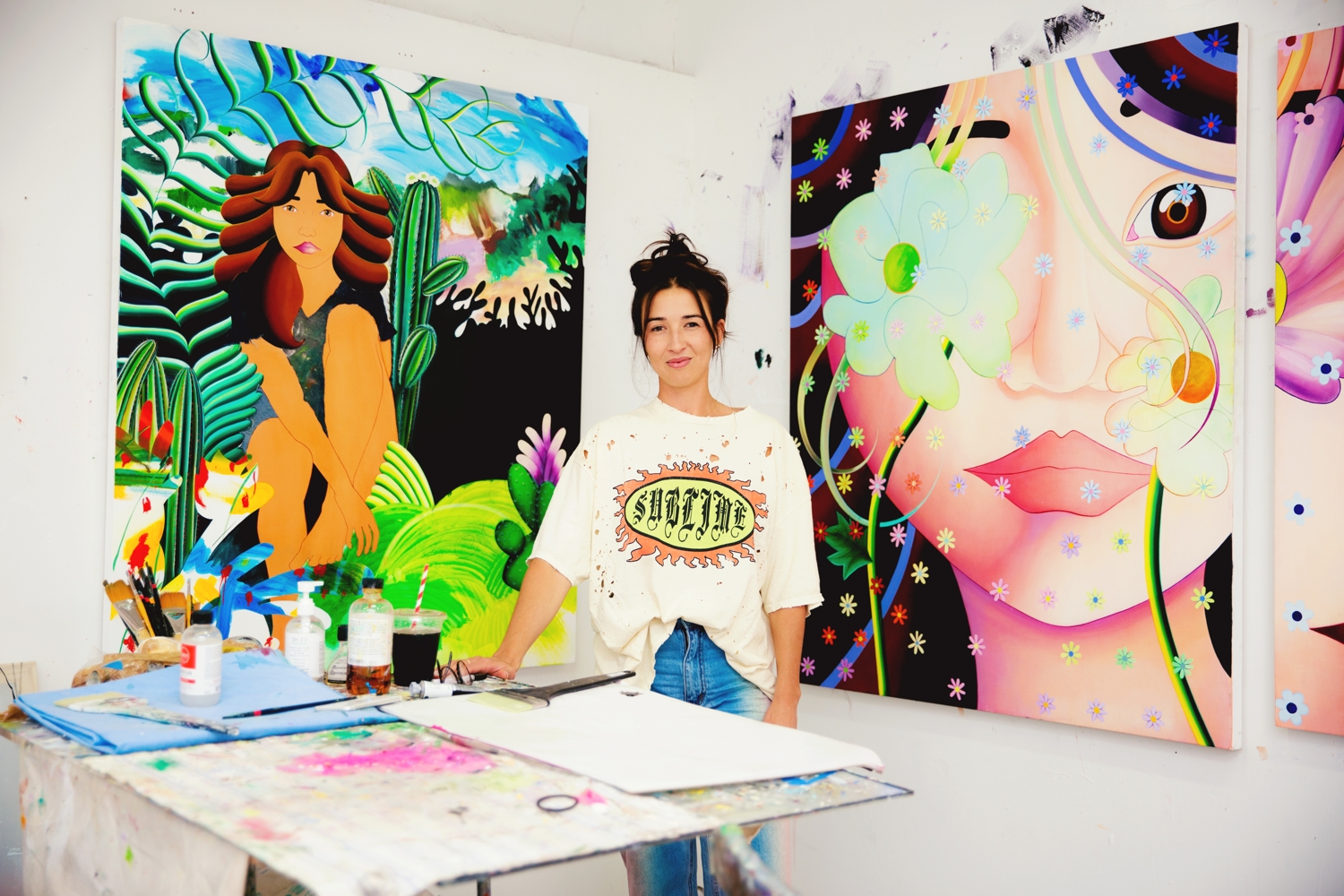
My journey as an artist started with my studies at Central Saint Martins and the Slade School of Fine Arts. London was a turning point for me because there, I was exposed to the eccentricities of post-war British paintings and fell in love with new approaches to surrealism. Surrounded by these new influences, I felt liberated from my cultural roots and empowered to further develop my artistic voice.
In 2013, I completed my Master’s degree at Yale University School of Art and made the move to New York City, where I now live and work. During my time at Yale, I found the experience to be a defining moment in my relationship to painting. The school forced me to contextualize my work much more in the present and in relation to other young artists rather than with the past and its traditions. This was a significant departure from my previous experience in London, where I had learned to think about my work as part of a broader historical narrative. Despite the challenges I faced during my transition to New York City, I found that this move ultimately opened my eyes in new ways and helped me clarify the role I wanted to play in the art world. In the end, I was able to find a supportive community of like-minded artists and a new home in this exciting, fast-paced city.
New York, like Rio and London, is a melting pot of culture and creativity. It constantly inspires and challenges me, providing the freedom for me to be the artist I want to be and contribute to the ongoing conversation in art.
How would you describe your artistic style and the themes you explore?
Looking at my new paintings in my studio, I see them as playful, whimsical, and bold. They are large and depict my recurring character, a cartoonish pseudo-self who has been the subject of my paintings for the past three years. The latest works explore the interplay between color, form, and texture in a new way.
Since the summer of 2022, I have started playing with painting on silk. It’s been a long learning curve to understand how the pigments behave on this material and how I could play with its fluidity and transparency. This new group of paintings features large colorful drawings of people and foliage on soft-edged, monochromatic backgrounds of vibrant hues and bold brushstrokes. They have a more atmospheric quality and invite the viewer to gaze into and contemplate the interplay of color.
I’ve also been amping up my use of bright colors and bold lines in my newer oil on canvases. These paintings feature close-ups of femme characters depicted with exaggerated lines and bright, eye-catching colors. I use self-portraitraiture and abstracted flowers to add a personal element, while the cartoonish styles create a lighthearted and playful feel. Stylistically, these paintings reflect my own integration of two cultures, incorporating visual references from both New York Pop Art and Latin American surrealism.
Can you walk us through your creative process and approach to a new piece?
I don’t paint from observation; my portraits don’t represent reality so much. Instead, they come out of my senses, imaginations, expectations, and memories. My creative process is mostly about transforming and reinterpreting this “inner life” into the symbolic language of my paintings.
My work focuses on the body’s inextricable relationship with its landscape and surroundings. So, by living between New York and Rio, I find plenty of inspiration from both cities’ vibrant cultures and immersive environments.
New York inspires and stimulates my creativity, especially since it gives me access to exhibitions and the work of other contemporary artists. Being able to tour those artists’ studios and discuss their ideas and creative processes has been invaluable for me. The constant exposure to the diverse perspectives of my peers keeps me on the forefront of the artistic discourse, allowing me to grow and develop as an artist.
Being home, enveloped by Nature in long days under the sun, is invigorating. When I’m in the studio, I invite all my bodily memories from these experiences – flashes of feelings, shapes, colors, and textures outside my consciousness – to guide my creative decisions.
I usually give shape to an idea by drawing and making small studies: researching techniques, experimenting with different materials, and prototyping. But once I start a painting, I have to let go of that initial concept or sketch and go where the painting takes me.
Last July, when I started experimenting with painting on silk, I only had a vague idea of the atmosphere I wanted to convey. It took me a while to understand what materials to try and how to control the pigments to create different effects. I started by testing the consistency and color application of the paint on a small stretched patch of silk. After a few strokes, I realized how paint and color behaved differently when applied to a transparent material. Intrigued by this new look, I continued to work with paint, layering different colors to create an abstract composition. As I painted, a drawing started emerging. Only after I stepped back did I realize that this new material and color combination would open up a new world of creative possibilities for me. It’s always struck me how painting incites so much discovery: things occur to me as one brushmark leads to another. This seems endlessly fun, interesting, and mysterious.
Can you tell us more about the use of bright colors and bold forms in your art, as well as the play between the background and foreground in some of your paintings?
While Brazilian culture is often associated with its bright colors, you can’t say the same about the most prominent modern Brazilian art. Growing up in Rio, I was mostly surrounded by modernist architects and painters, from Oscar Nyemeyr to the “Concretistas” and “Neoconcretistas.” Most artists from this generation believed that painting should be entirely free of representation and symbolic implications, with Waldemar Cordeiro famously stating, “We defend the real language of painting that is expressed with lines and colors that are lines and colors and do not want to be pears nor men.”. The Brazilian concretists wanted rigorous geometry and monochromatic palettes in the pursuit of pure, two-dimensional visuality. So, like many young artists from my generation, my sense of aesthetics was heavily influenced by values of purity, elegance, and minimalism.
But things changed when I attended The Slade and became immersed in a whole new tradition of painting, one that celebrated the excess, the abject, the fluidity of paint, the comical, and the grotesque. That was the point in my career when I started playing with bright colors and large-scale shapes.
If my time in London marks a rebellious quest for freedom from rigidity, my more recent work has been less reactionary: I now incorporate both sides of my painting interest. On the one hand, my flat, matter-of-fact way of constructing a painting is influenced by Concrete and Neoconcrete traditions. And the body’s organic form in my compositions is made primarily geometric – as I play formally with the notion of background and foreground. On the other hand, my work is recognized for its play with color, form, and texture. Vibrant hues and bold brushstrokes create a maximalist attitude that evokes sentiments of joy and conveys a sense of energy and movement. As cliché as it may sound, this shift in my work also reflects a shift in my inner world, reflecting my observations and lessons from different artistic traditions.
You incorporate elements of Nature in many of your paintings. Can you speak about the relationship between your subjects or self-portraits and those elements?
I never intended to paint self-portraits. When I first painted myself, I lived in Kenya and was focusing on painting landscapes. However, even though they were devoid of people, my landscape paintings already depicted inner landscapes; they expressed emotional attachments to places rather than actual locations. Internally, I wasn’t distinguishing between places and my subjective experiences of them; I understood my body as inextricably connected to these landscapes – they were extensions of my body and vice-versa. That’s why, in my paintings, flowers can become eyes, and hair strands become stems intertwined with leaves and foliage. Gradually, the landscapes started being personified. Faces and bodies emerged from layers of paint until I dared to fully address the figure, who had always been present in the painting but never depicted. To this day, sometimes I feel like I’m still painting landscapes; the flowers, foliage, stars, and other elements at the forefront of the picture-plane have the body as their landscape. In the paintings, I am the mountain, the sky, the ocean – the site where the dream of the paintings takes place.
What do you aim to understand about yourself and your body by painting yourself portraits?
Frida Kahlo famously stated, “I paint self-portraits because I am the person I know best.” I paint myself in an almost frantic search for an essence of the self. When I first started looking at and depicting the figure in my paintings, I realized that my interests didn’t lie in “accurately” representing the body or the figure’s anatomy. Through the simple and schematic way I render my figures, almost cartoon-like, I noticed that my emphasis was not on describing the body – I was approaching the body as a symbol. What it symbolizes is the question I’ve yet to answer.
My paintings often present obstructions in the form of stars, hearts, flowers, petals, and hair. These make up a maze for the viewer’s gaze as they attempt to find the figure. These metaphors keep recurring while I search for the self: filters, screens, blockages, and a forever receding, evading of the self.
How do you see your art impacting or resonating with viewers?
At the time of my research at Yale, I didn’t see myself represented in the paintings of the contemporary Brazilian artists I admired. I asked myself: since 1950, who has painted a Brazilian woman? I found only a few contemporary references and became very alarmed. Thinking about how we see ourselves as women reflected in our society made me obsessed with bringing this figure into my paintings, which is so difficult and devoid of references.
Much has changed since then. Women painters have gained ground and recognition worldwide. Given the theme of the last Venice Biennale, Brazilian women seem to be the focus of many strong and young artists that have emerged from the Tupiniquim scene, like Renata Felinto, Gê Viana, and Larissa de Souza. I want my work to contribute to a growing quest from women in Brazil to reclaim our heritage and image and depict ourselves through our own gaze. Representation in painting and other cultural manifestations is important because it helps individuals see themselves and their experiences reflected in society, helping to validate their identity and existence. This can lead to a sense of belonging, increased self-esteem, and the recognition of one’s cultural heritage. When people see themselves represented, they can better understand their history and cultural traditions, fostering a sense of pride and respect for their heritage. On a larger scale, representation can promote diversity, inclusivity, and cultural understanding, challenging dominant narratives and helping to break down stereotypes and prejudices.
How do you merge traditional techniques with contemporary elements in your art practice?
Even though I use oil paint in a traditional manner, painting on canvas with very old pigments and binders – still my paintings incorporate popular culture references. These include everything from fashion to digital images, cartoon stickers, emojis, and filters, and reflect my inevitable participation and immersion in our current digital/advance-capitalist cultural landscape. I also use digital tools such as photoshop to create preliminary sketches or manipulate photographs that can be used as references for my oil paintings. This digital collage comes through in my paintings, which juxtapose elements from very different sources and visual languages. We’ve become accustomed to this collage approach, though it looks very different from earlier manifestations of collages in painting.

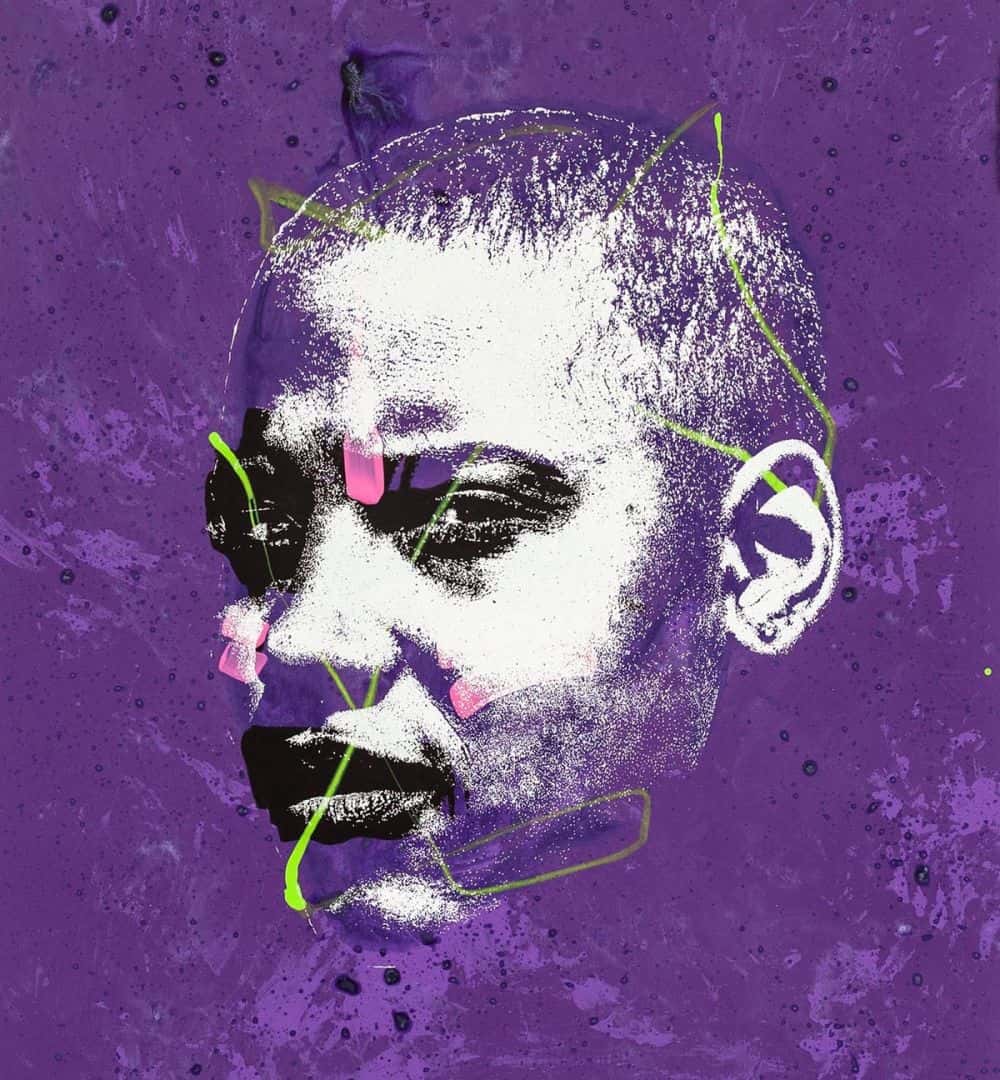
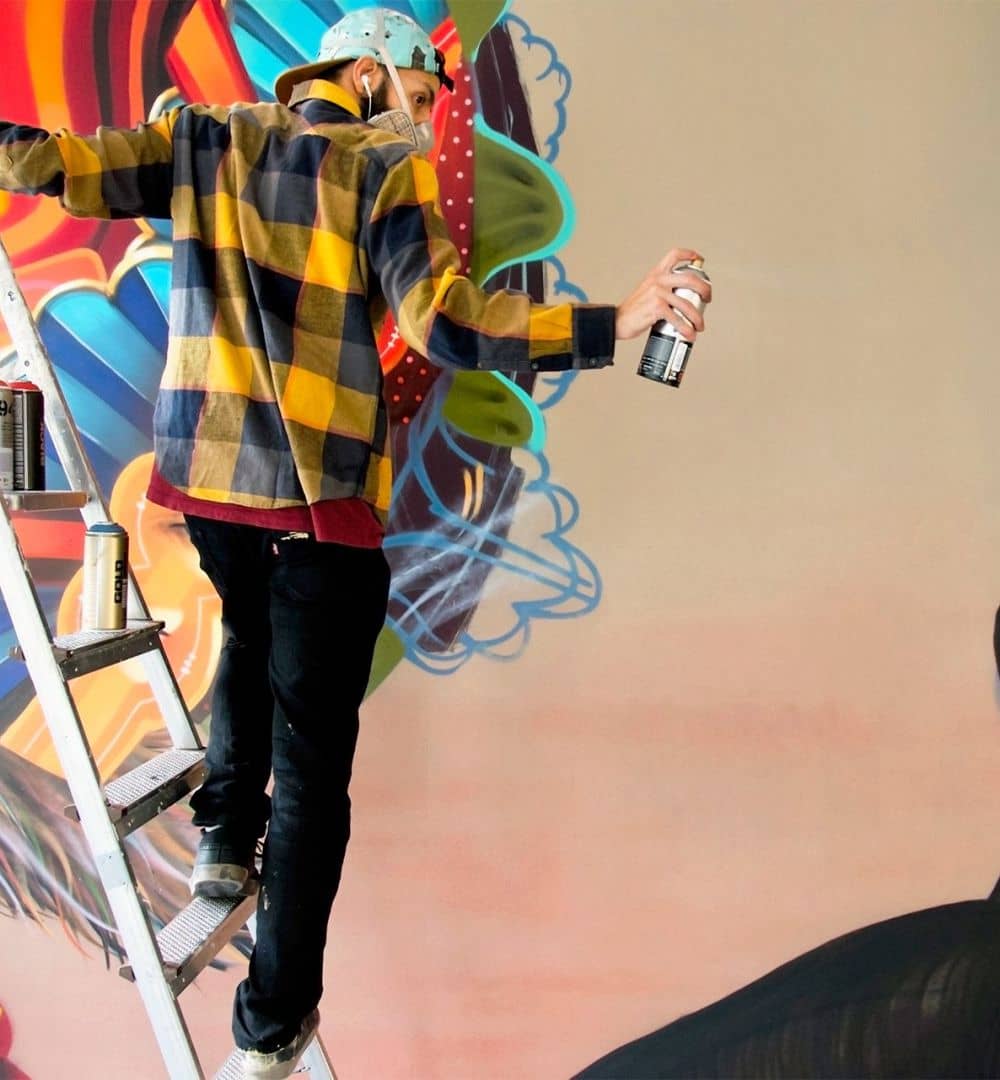
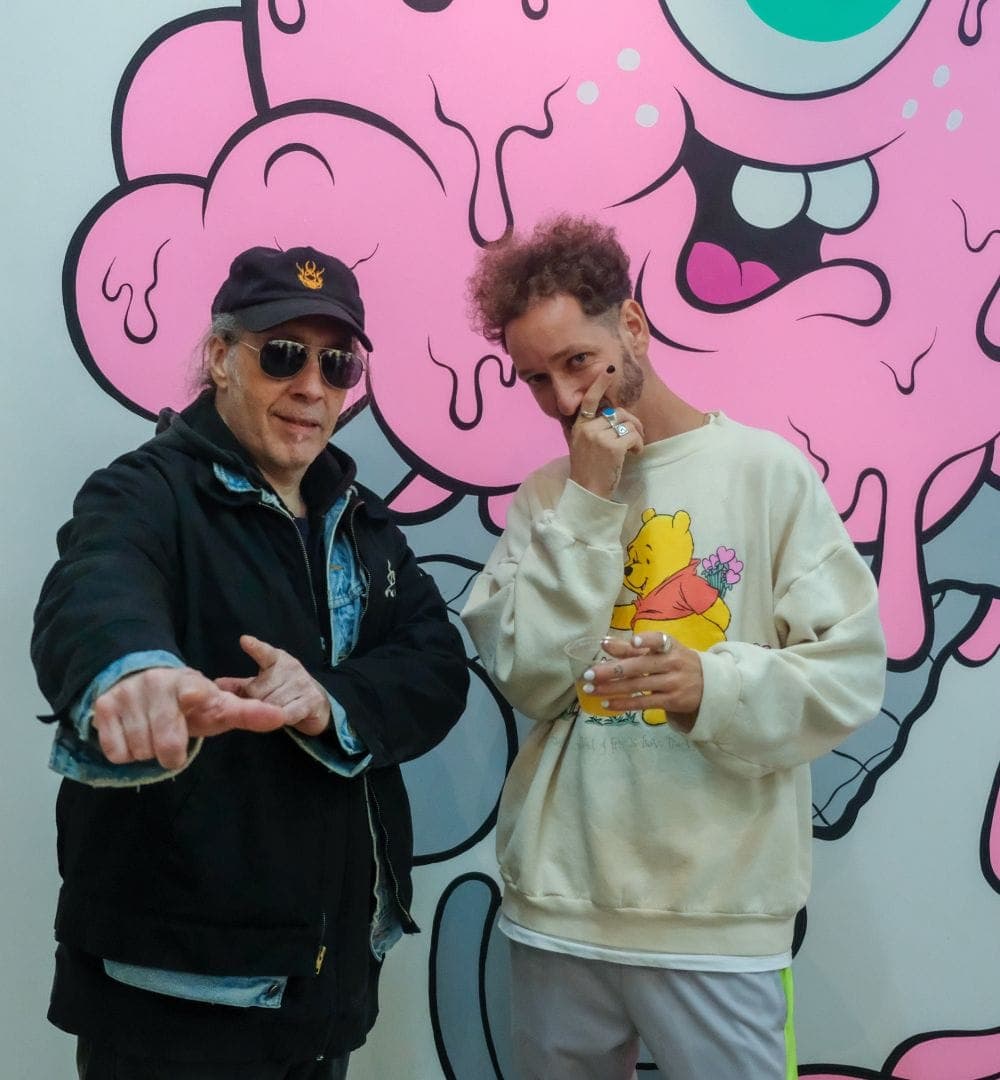
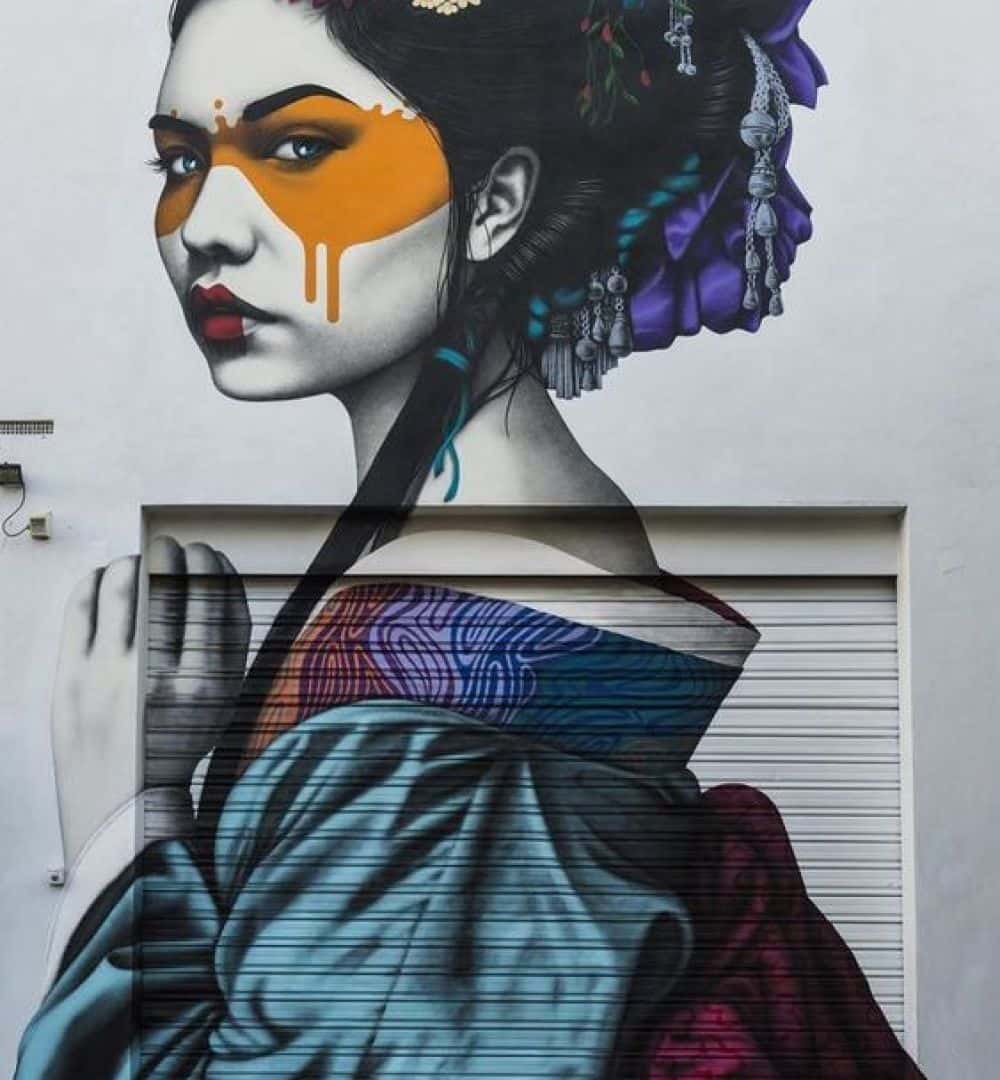

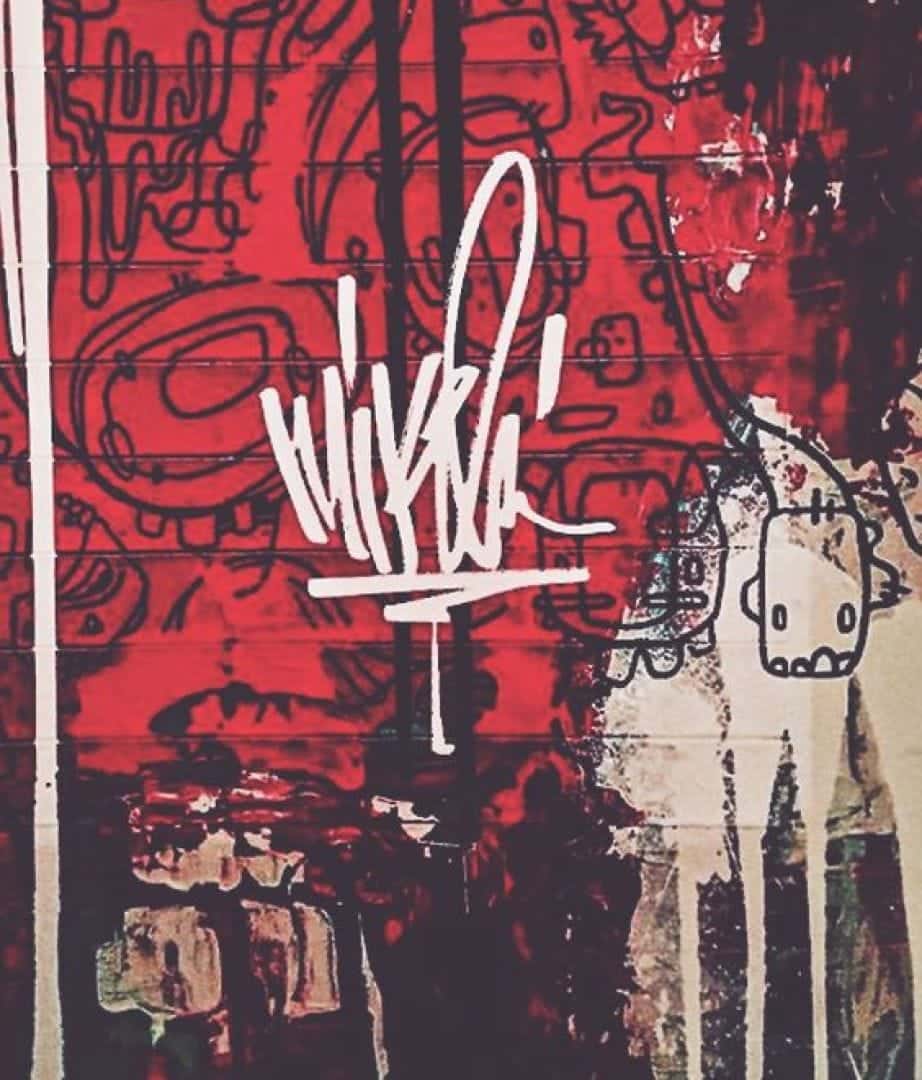
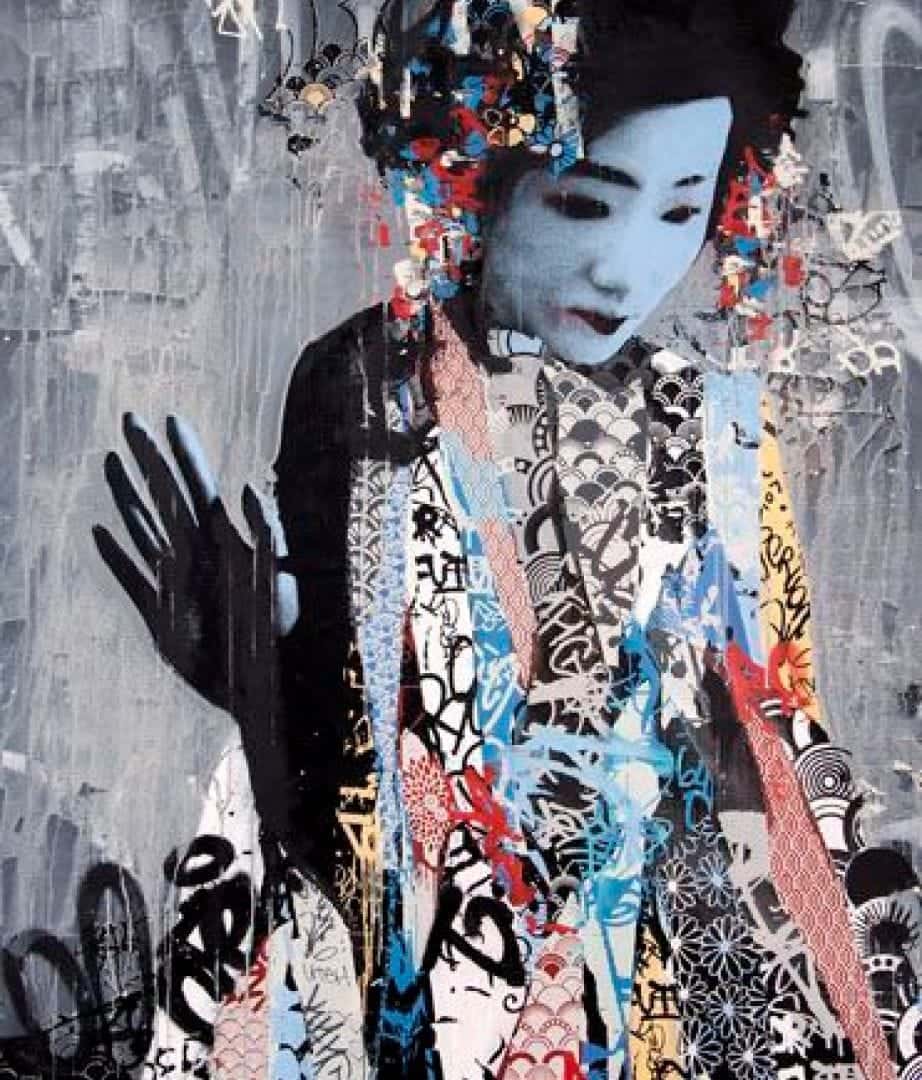
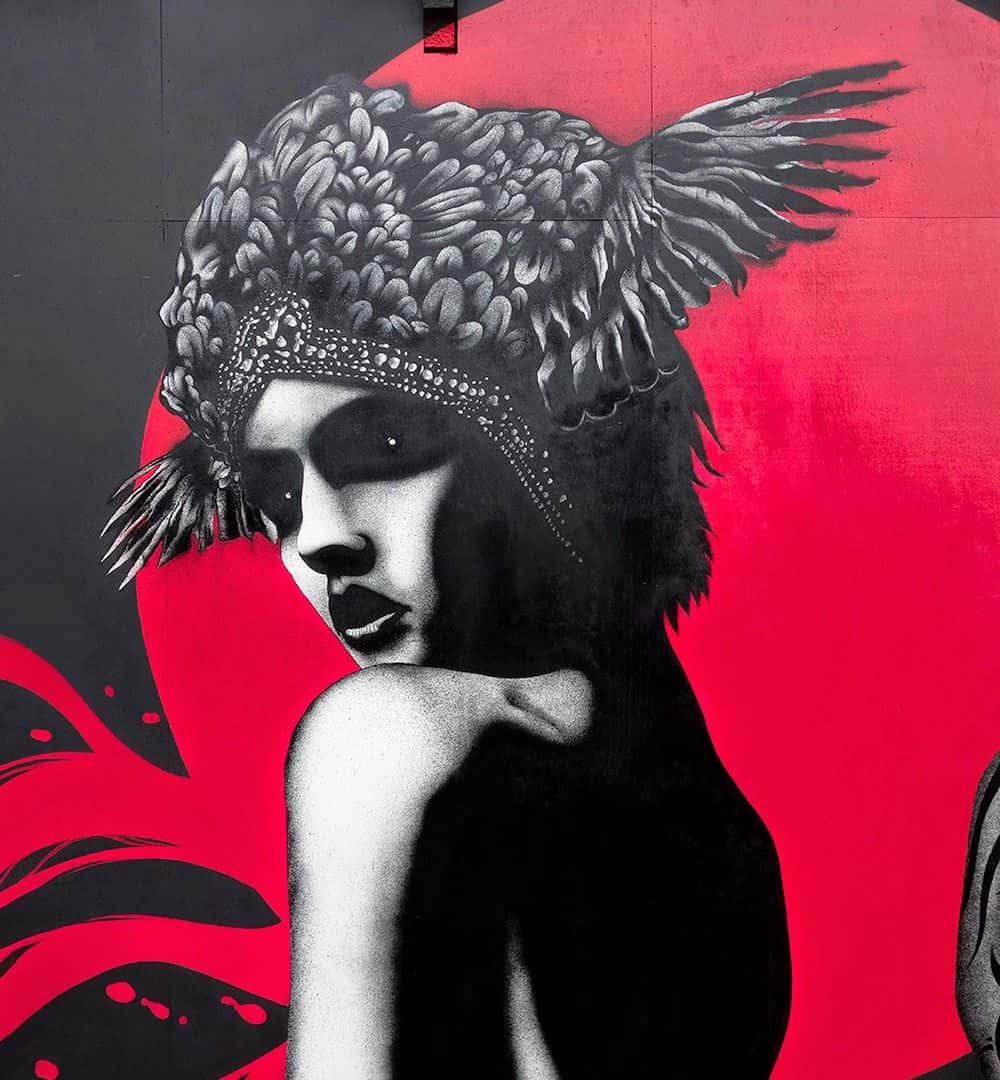
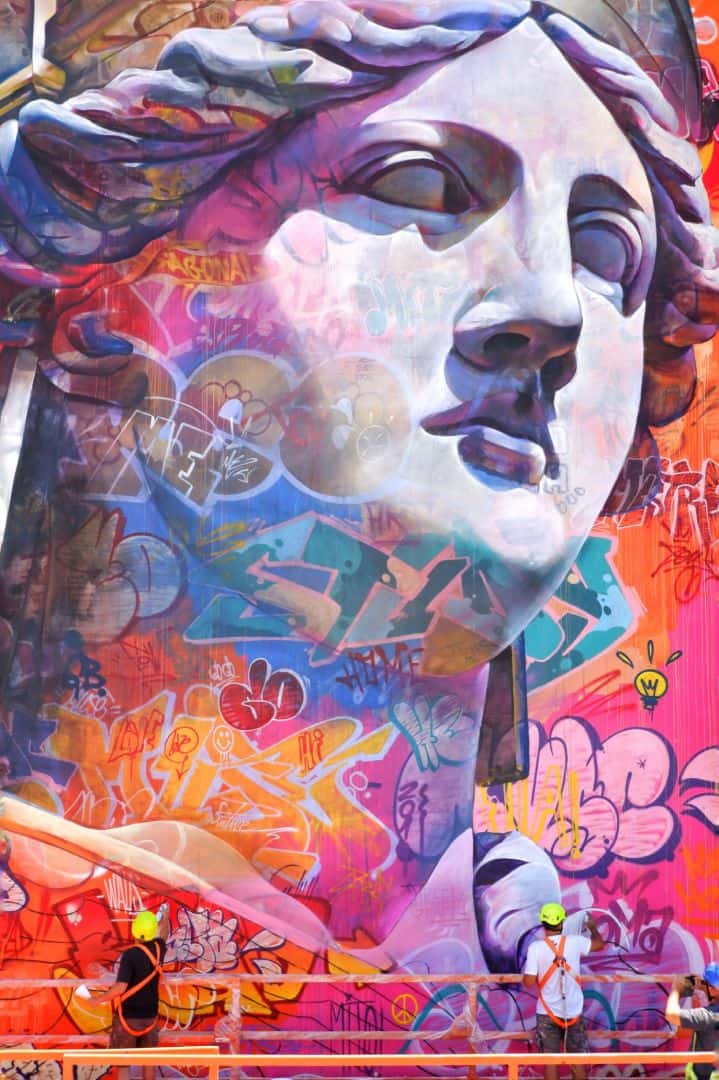


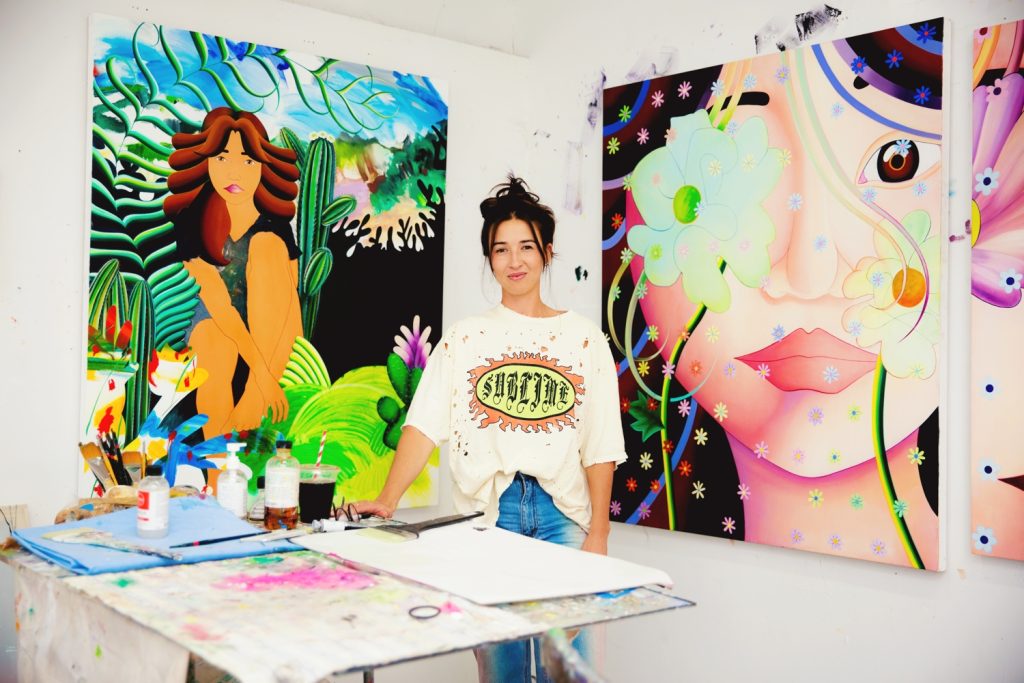
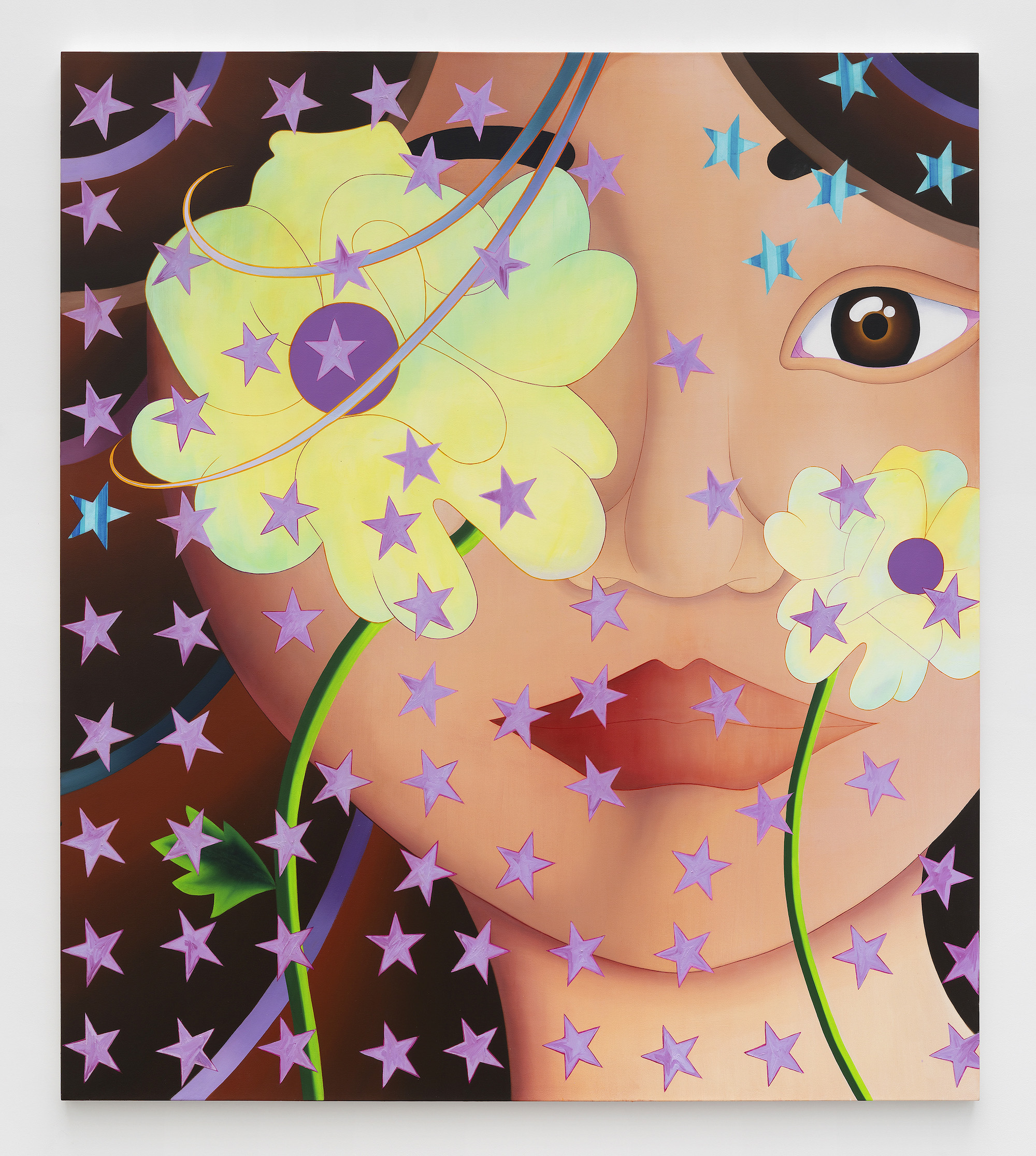
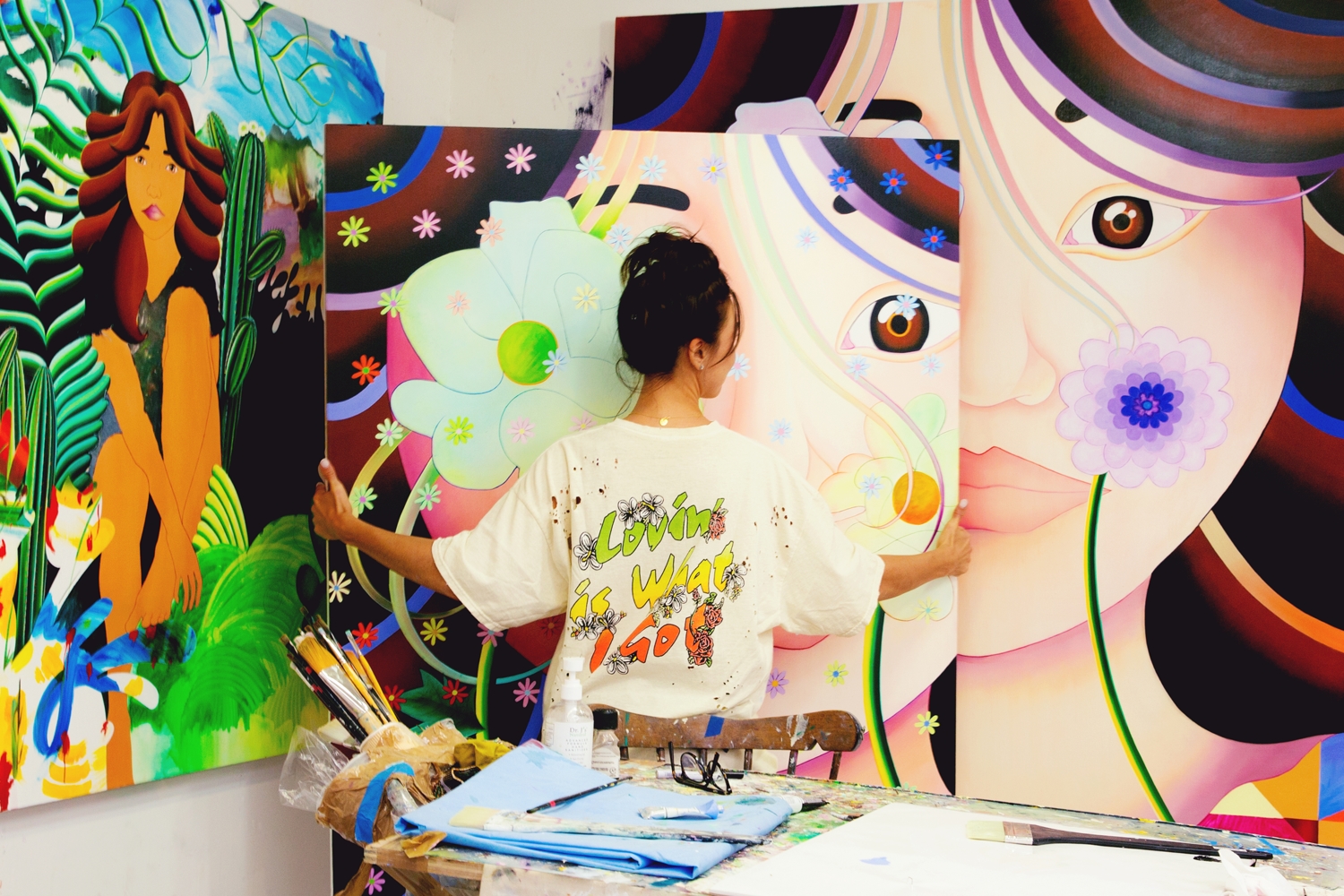
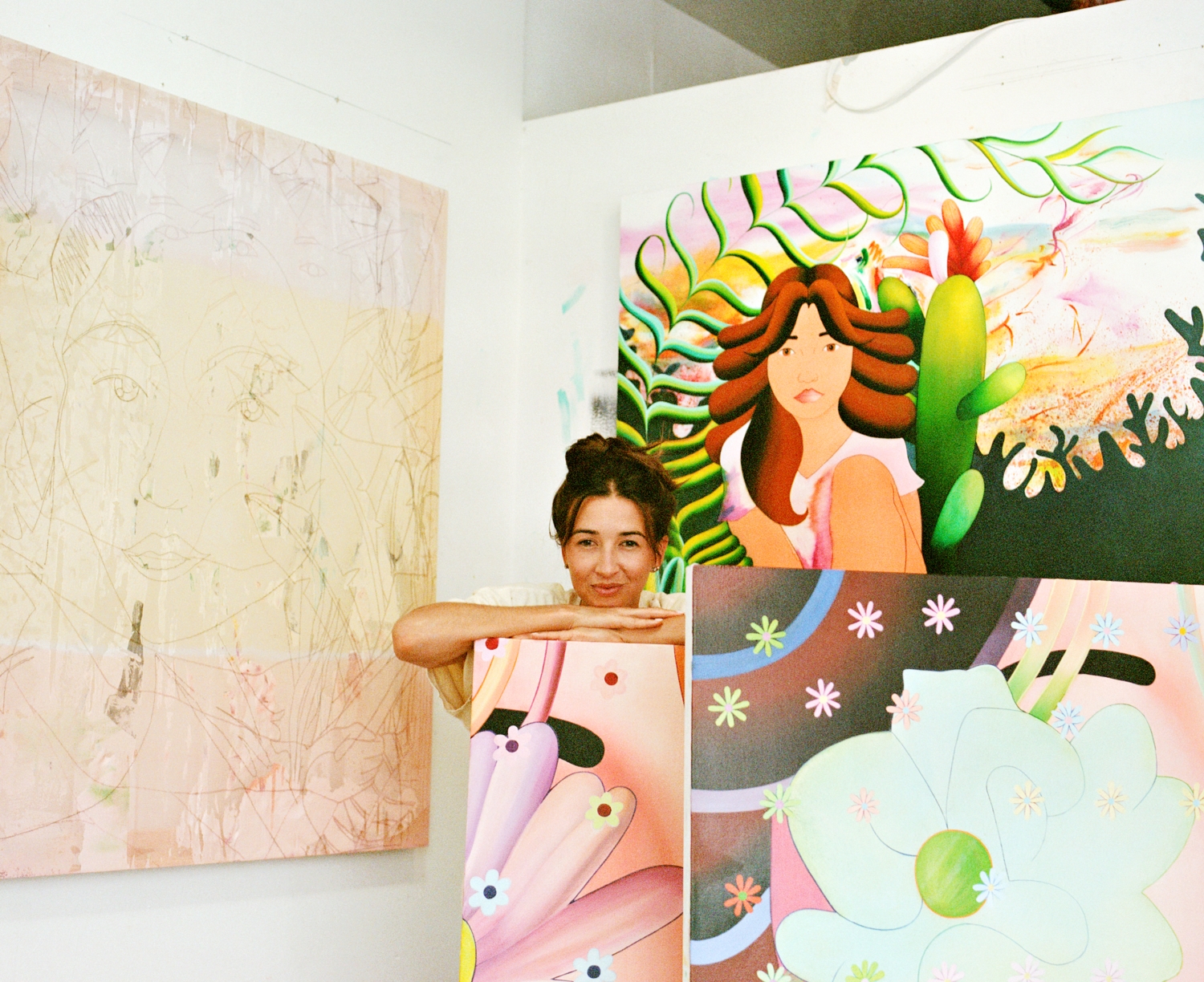
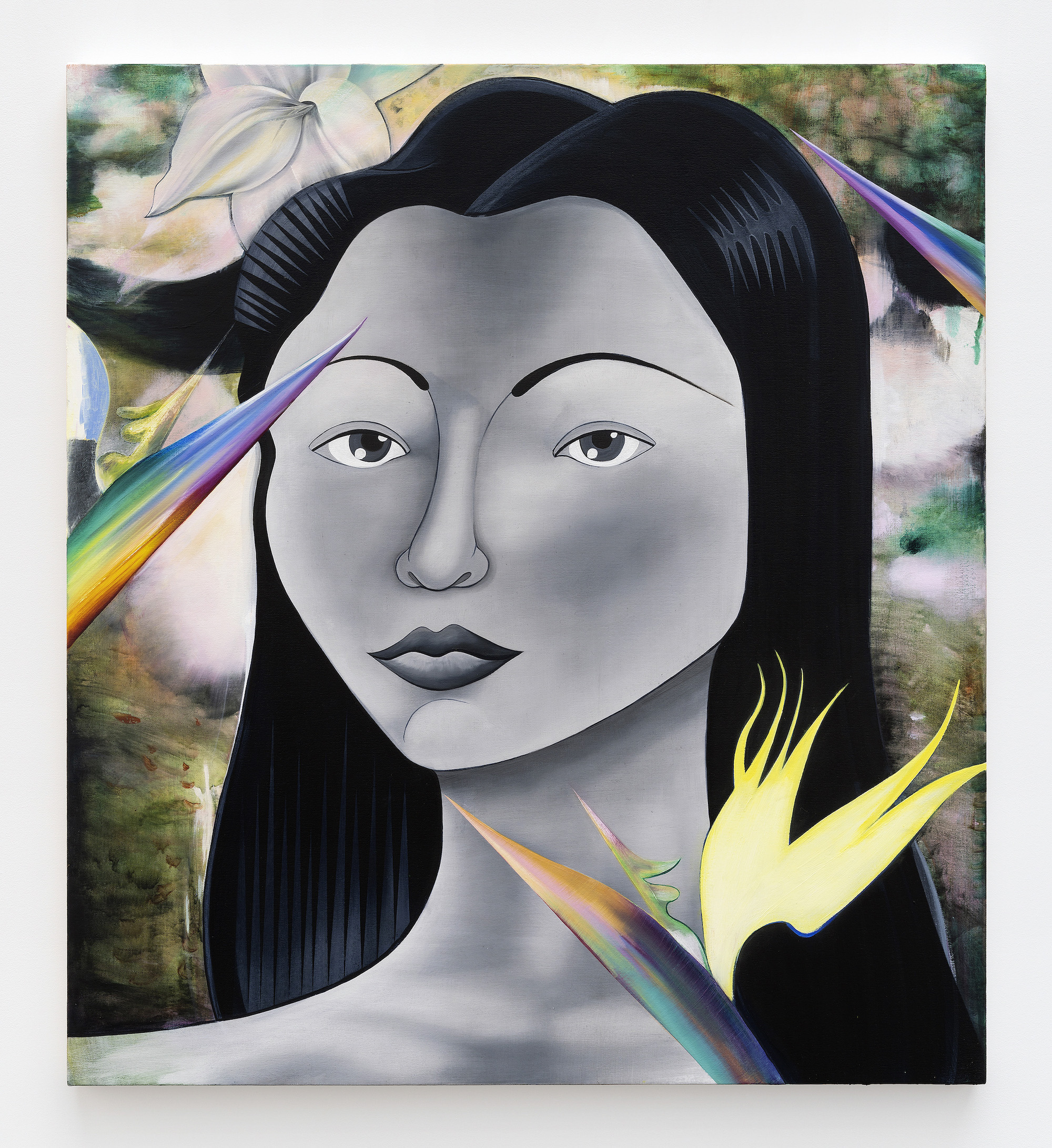
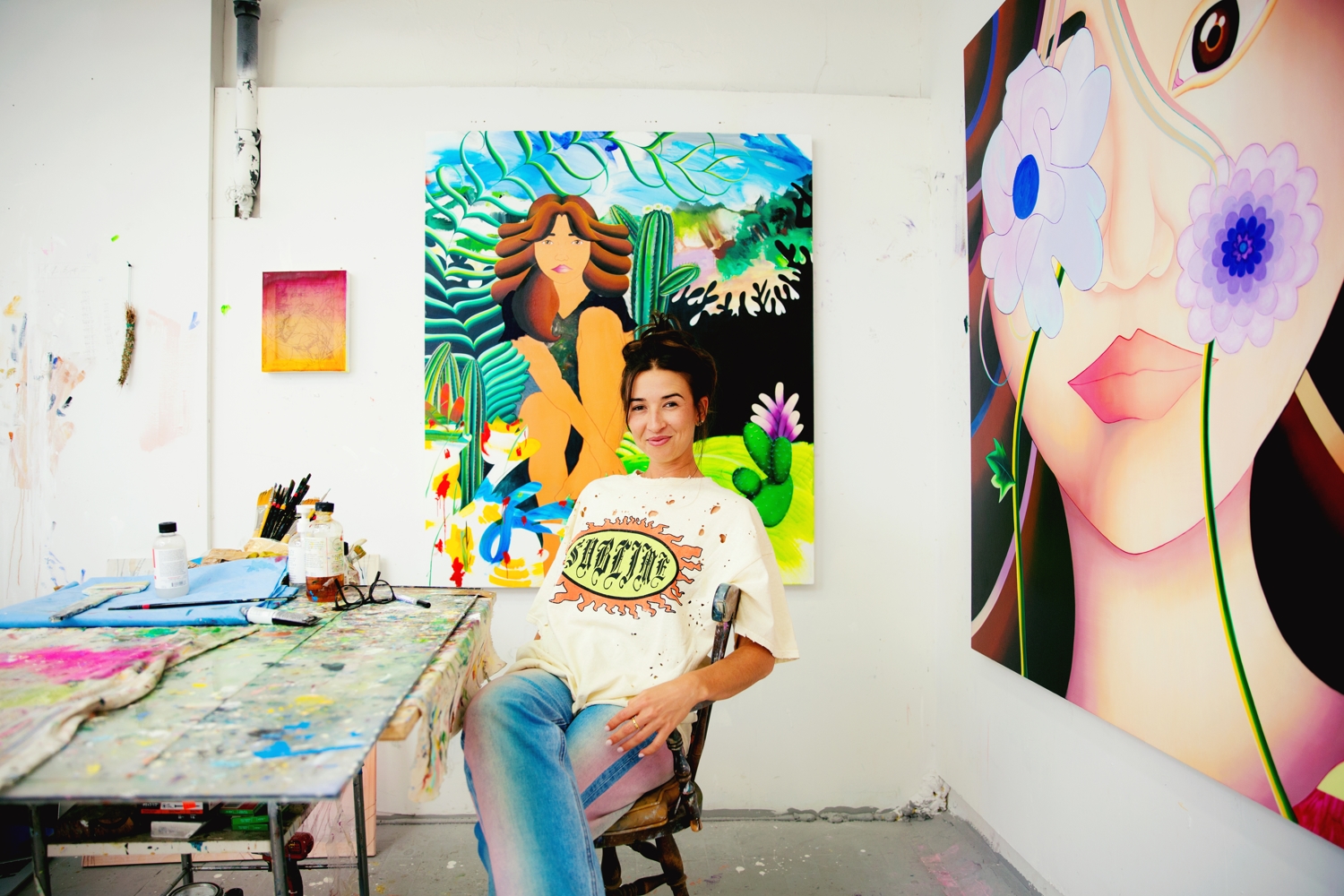
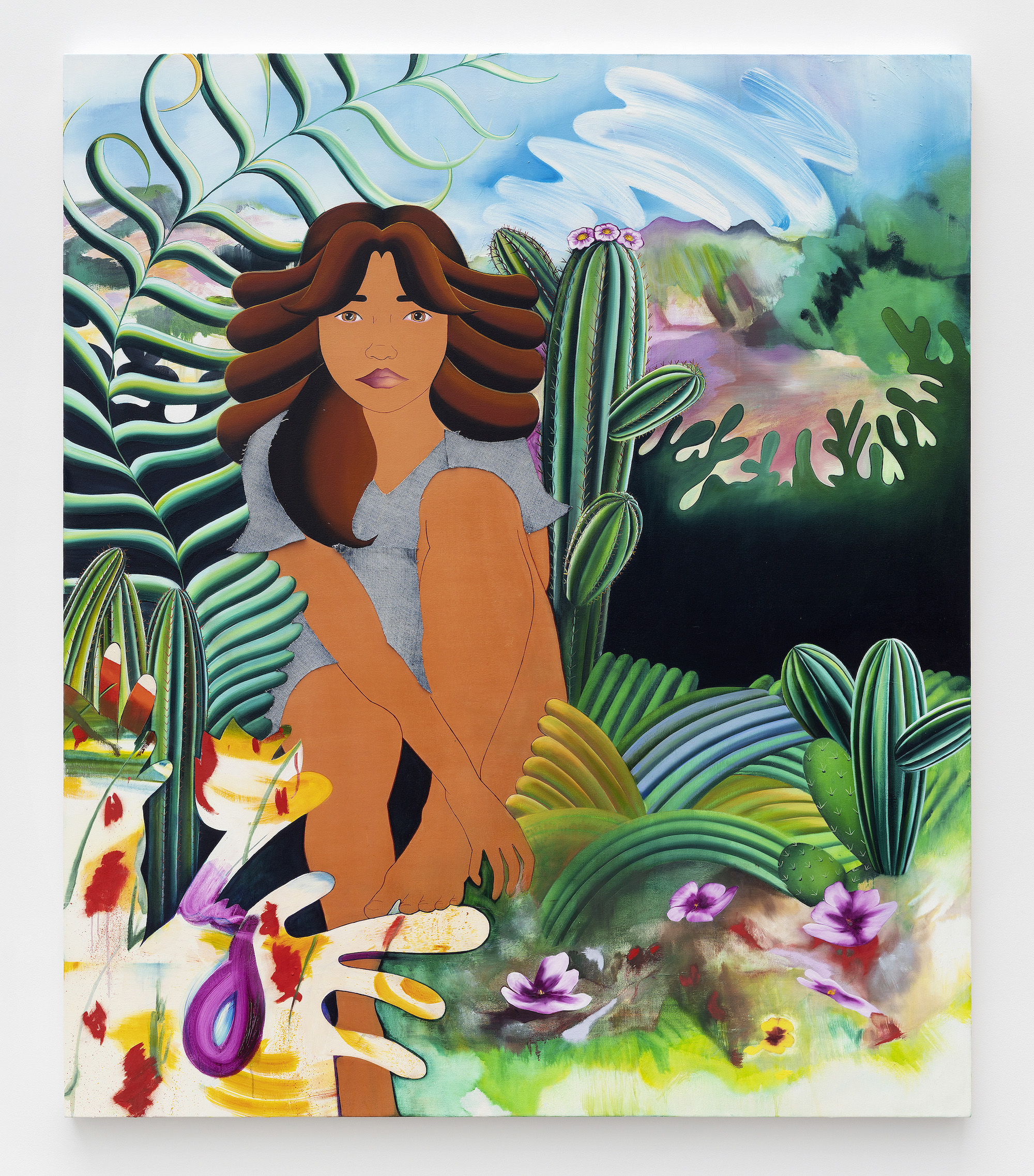

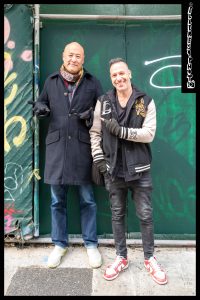
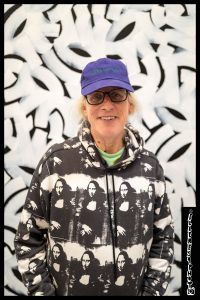
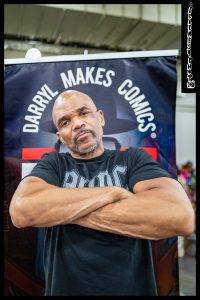
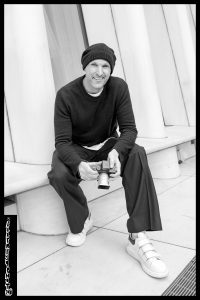

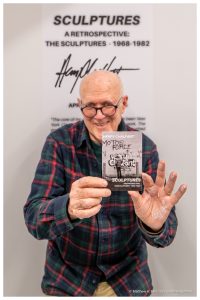
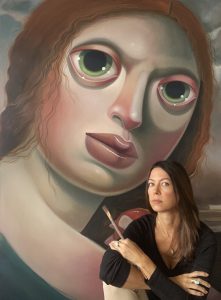
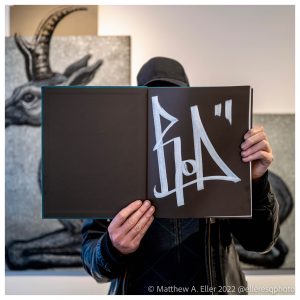
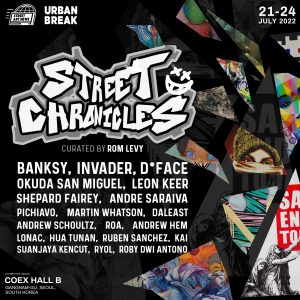
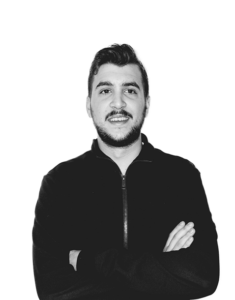
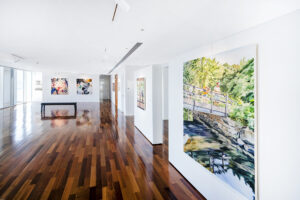
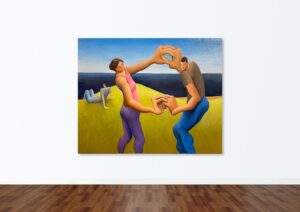
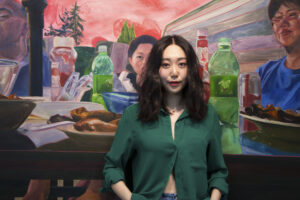
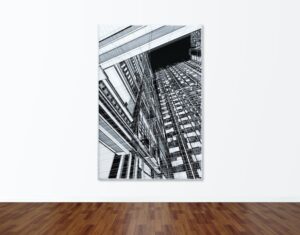
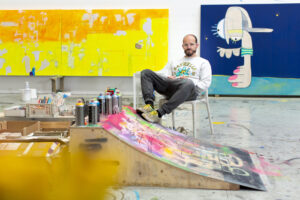
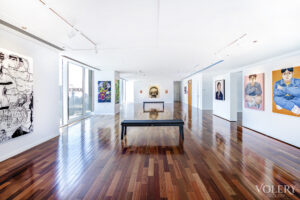
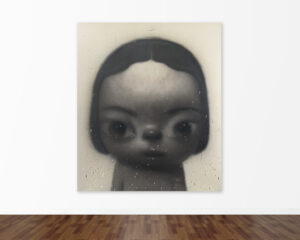
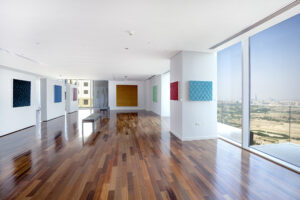
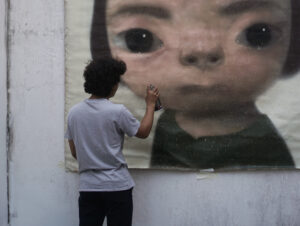
comment